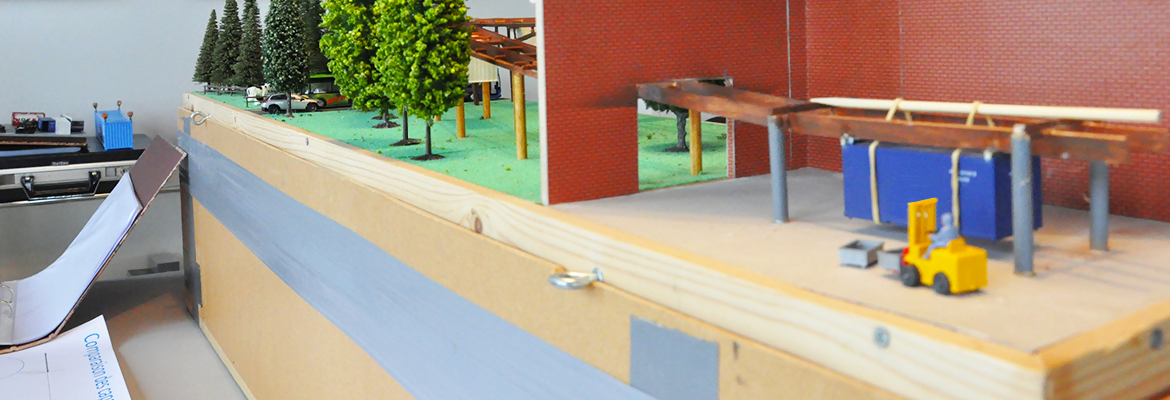Who are we?
Gérard ADAM, designer of the Gravity Transport System
Genesis of the GTS project
The idea began to take shape while I was driving on a highway on a rainy day. The quantity of water whipped up by trucks made it really difficult to drive. I asked myself: why not put all these goods on trains? I then started looking for answers to this question.
The reports of the European Union state that :
- railway can only absorb 12 to 15% of the total traffic of freight;
- 70 to 80% of goods are transported by trucks, and this share will keep increasing, resulting in the congestion of road networks;
- road transportation is responsible for 24 to 27% of the total current greenhouse gas emissions and, despite Kyoto agreements, this pollution is still increasing;
- energy-independence from fossil resources is a priority for many countries.
13,000,000,000 tons of freight are transported each year in the world,
and this figure will increase further with the economic rise of China and India. As stated in the conclusions of a study carried out in Germany by experts in transport and logistics, an independent transport network for goods will become necessary in the near future—an opinion that I share. It is thus high time that a new system be found to transport and distribute goods.
After months of reflection, I moved on to the design stage of the Gravity Transport System (GTS). My first task was to establish a list of constraints to be met by the system, such as: low cost, low energy consumption, high reliability in terms of schedules, flexibility of distribution, system tending towards the zero-accident level,... Beyond its economic assets, the characteristics of the GTS make this system an answer to the current commercial and environmental challenges.
Today, the advanced development stage and the mathematical model have proved the operational readiness of the system and its transport capacities. The GTS thus appears as an innovating, reliable and extremely solid project in the field of transport.
Gérard Adam


